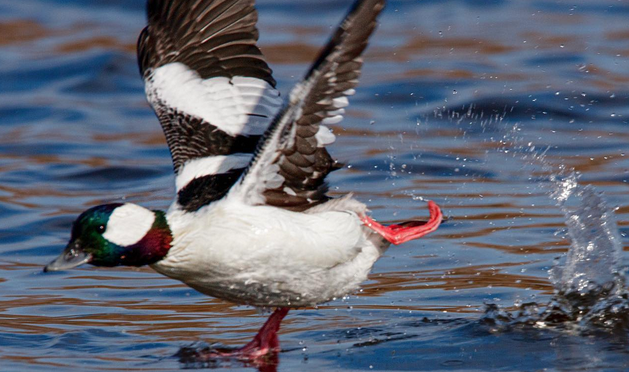Tag Archives: bird photography
Why I take photos when birding
By Sally Siko
When observing a bird through binoculars, I may only have seconds to make an ID assessment before the bird flies away.
In addition the lighting conditions might be crap and the bird in question is usually pretty far off.
In these fleeting moments during a sighting it can be very difficult to catch details like wing bars, eye rings or primary feather length. All of those factors can come into play when assessing a definitive ID in the field.

As a birder I believe that using a camera as a tool in the field provides a tremendous advantage over bins alone.
If the lighting conditions are poor, I can up the exposure of the portrait to see the bird more clearly.
The ability to take photos from many different angles allows me to study the images carefully to detect ID points, which may be missed especially when birds are in flight.
In addition, photographs provide a visual record of the area where the bird was found, which helps me learn more about their habitat preferences.
Plus, I love the fact that I can take a photo of a bird to educate my guests of what ID points to look for whenever I am on a tour.
Each of these factors aid in identifying birds from a distance are tremendously useful to me when I’m out guiding during a trip.



On a personal note though, taking photos of birds, makes me very, very happy!
Of course as a birder, finding a new lifer is exciting, yet I still enjoy photographing the same species year after year (like American Wigeons or Buffleheads) in effort to get the best quality photos possible.
It’s like adding an extra challenge every time I step outside which is dope af!
After all, after 20 years of being in this game, I’ve never taken the “perfect” shot of anything yet lol!
But, there’s always a chance that day will come so off I’ll go with a camera in hand 😉
I love this life and hope that my images inspire you to seek the same joy in “everyday” things.
Get out there my friends!
Photos by @sally_siko of @bestlife_birding on my mighty mirrorless monster, the @canonusa #R5 and the full frame fantastic beast, the #5Ds
Need a long lens or a camera for your birding trip? Rent one today!
Birdwatching NC is proud to announce a partnership with Lensrentals. This allows greater access for bird loving photographers like you to get out there to capture great “close up” images without having to spend a ton of money on the purchase of a long lens or high end camera body.
Renting a camera or lens is easy! Just select the product you’d like to use and Lensrentals will ship the lens or camera right to your front door. Got a last minute trip? Average shipping time is only about 3 days from the time you place your order!
WANNA KEEP THAT GEAR FOREVER?
Another cool thing about Lensrentals is that you can try before you buy! The Lensrentals Keeper Program allows you to purchase your rental if you decide to keep it.
You can rent the lens for a week and if you don’t like it, return it. Or you can buy the lens at an affordable price! Lensrentals will even credit back the fee of your rental towards the price of your equipment when you chose to keep it. This a wonderful resource if your in the market for buying a new lens or camera but aren’t sure which glass or body to choose.
DEAL ALERT 🙂
Birdwatching NC fans get 15% off on all gear rental using the Promo Code BWNC15 at checkout!
HERE ARE A FEW EXAMPLES THAT I RECOMMEND FOR BIRDERS
CANON PRODUCTS SHOWN BELOW BECAUSE THAT IS WHAT I USE. NO WORRIES IF YOU SHOOT SOMETHING ELSE, I STILL THINK YOU’RE AWESOME!
SONY, NIKON, PANASONIC, FUJI, OLYMPUS BRANDS AND MORE ARE ALSO AVAILABLE!

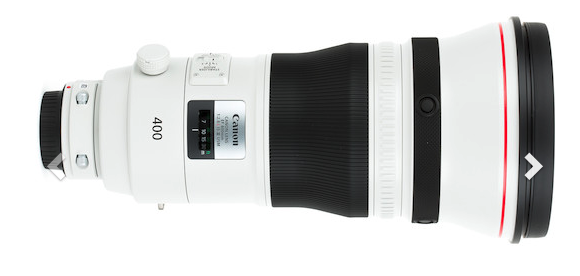


You can also rent a ready to go kit with everything you need for birding!




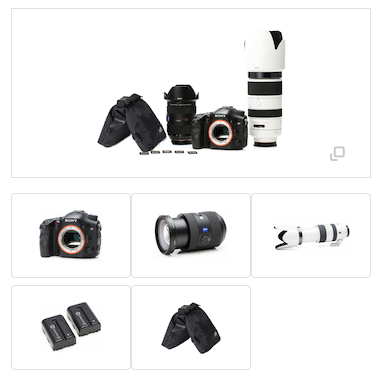
Great Blue Heron Fish strike at Bass Lake Park in Holly Springs, NC
Thanksgiving Weekend at Pungo Lake
By: Dan Gettis
Pungo Unit – Pocosin Lakes NWR
Dates visited: 11/29-11/30
Hello All,
The Holiday season has finally arrived and if you’re like me, you’re excited to use some of the extended weekends around this time of year for birds! Well, Thanksgiving weekend has just passed and other than Thanksgiving day, my calendar was clear. I decided to head out to eastern North Carolina for 2 days. This would be my 3rd 2-day trip out to that part of the state this month, but the 1st time back in 3 weeks.
I was very excited to return in hopes that the Tundra Swans and Snow Geese would be gaining numbers. When I last visited, there were a couple hundred Tundra Swans and a few Snow Geese sprinkled in. They were just starting to flood the impoundments as well.
While the numbers did increase, much to my surprise it wasn’t as big of a difference as I expected. After speaking to a few people there, the refuge management said they are waiting for a certain weed to sprout before they completely fill the impoundments. Apparently this is something the geese and swans love (Widgeon Grass or Pond Weed possibly?). They admitted that it was a “few weeks” behind schedule, as last year at this same time the impoundments were already filled and there were more swans/geese.

11/29
I arrived at North Lake Road (just north of Pungo Lake) Friday morning 11/29 about 45 minutes prior to sunrise. It was supposed to be a nice, clear morning. Well the sun finally came out about 10:30 lol. Within a few minutes, I started seeing the Tundra Swans flying away from Pungo Lake for the day. A number of different groups flew by in about 30 minutes. Anywhere between 2-50 birds at a time. While walking along that road I saw a number of Cardinals, Song Sparrows, White Throated Sparrows and Eastern Phoebe. I decided to head over to the south/east side of the Lake to the Hyde Park area. While there, I spotted a flooded field and noticed about 5-10 Killdeer along with 5-10 Yellowlegs (not sure if Greater or Lesser). I love watching them so I spent about an hour watching and photographing before moving on.
I wanted to head back to North Lake Road area, but on the way I stopped by the Duck Pen Wildlife Trail. It is a ½ mile out-and-back trail with a small blind at the end on the southern part of Pungo Lake. The blind wasn’t a good spot this morning, as the Swans were clear across the other side of the lake, but you could still see tons of them.
While walking the trail, I ran across a nice Great Blue Heron hunting in the canal. I got to observe it for about 15 minutes before it finally flew off.

Heading back to North Lake road, near the impoundment, I notice a large Red Shouldered Hawk. The picture doesn’t do it justice but this was by far the largest Red Shouldered Hawk I’ve ever seen.

Still heading back to North Lake Road, I see a Northern Harrier hunting in an open field.
I arrive back at North Lake Road around 2:00PM. For any wildlife lovers, other than birds there are quite a few black bears in the area as well. As I got out of the truck I see one of the many black bears crossing the road that I’m about to walk down. My excitement increases 😊

I walk about ¾ mile and decided to setup there for the rest of the day.
I see 3 more Northern Harriers hunting in the field in front of me.
A number of Red Bellied Woodpeckers.
I could hear a Pileated Woodpecker but never spotted it.
A cooper’s Hawk briefly flew over.

Right at sunrise, I decided to head back towards the impoundment on the south side of Pungo Lake. At that point, all the Swans and some Geese were starting to fly back in to the lake for the night. It was a beautiful sunset and I was able to get a few silhouetted pics of the swans against the fiery sky.

11/30
I head back to North Lake Road at sunrise and spend the following 10hrs there. Again, all the swans/geese were flying away from the lake for the day. I saw a lot of Red Bellied Woodpeckers. There were 2 Northern Harriers flying around for a couple of hours. And an adult Bald Eagle that likes that area decided to show up as well.
The weather didn’t cooperate as much as I had hoped, but overall it was a great trip and I will be making a return trip out there sometime in December and/or January as well. This is my 1st year birding and I have seen glimpses of how amazing the swans and geese can be, so I cannot wait to see them in full force.
Find Dan Gettis on Facebook https://www.facebook.com/danielsviewphotography/ &
Instagram https://www.instagram.com/28204dan/
New Birding Beginnings
By: Gary Michael Flanagan
“I have always been captivated by birds. From my early days growing up on Long Island, watching my mom generously load the bird feeders and fill our bird bath with fresh water, I gravitated towards the diverse species that would frequent our yard. At around the same time, I was always intrigued by my father’s shiny camera and lenses. I admired the wonderful portraits he took of our family over the years.
Many years later, during grad school at the University of Arizona, in Tucson, I decided to take up the hobby of photography to help relax me on the weekends.

Something sparked inside of me at that time, and I read everything I could on how to improve my photography skills and continued to go out exploring and shooting Arizona’s birds for the past 11 years.

I traveled all over Arizona, capturing photographs of rare birds such as the Elegant Trogon and Montezuma Quail near the southern border. My wife Stacy has joined me on many of these adventures, and we laugh about the great lengths of effort we have went through to find some of these rarities.


Long story, well..long, my wife and I grew lonely for our families who still resided in New York. Arizona was just way too far for her, and despite my greatest efforts, it’s difficult to fill the hole that missing family can leave in one’s heart. Thankfully, my full time job allowed for me to relocate back to the east coast, and continue working from home, while my wife landed a new job in North Carolina, allowing us to have the security we needed in order to plan the huge move. For my wife and I, the Sandhills region was perfect for us, and decently close to New York, so we are able to drive up to visit our families several times per year now. So, we took our pets and began our 2100 mile road trip to our new home!!

We arrived in North Carolina this past summer and absolutely love it. On our first day here, we were greeted by a Great Crested Flycatcher!! I have since photographed quite a few species so far, and happy to share them with you today. I look forward to continuing to explore this great state of North Carolina.



If you enjoy my art, prints are available for purchase through my website below.
https://fineartamerica.com/profiles/gary-flanagan
I plan to share a blog posting of my birding adventures in the near future, as time permits.

Thank you!”
Bio: Gary Michael Flanagan is a published bird photographer based out of Pinehurst, North Carolina. He specializes in bird photography, pet portraits, and dog sports events. His bird photography prints can be purchased at
https://fineartamerica.com/profiles/gary-flanagan
Birds featured:
Elegant Trogon (Madera Canyon, AZ)
Verdin (Oro Valley, AZ)
Gray Catbird
Eastern Towhee
Carolina Wren
Carolina Chickadee
Great Crested Flycatcher
NORTH CAROLINA BIRDING TRAIL / YATES MILL PARK
Just published a new video from my latest bird watching hike along the North Carolina Birding Trail at Yates Mill Park in Raleigh, N.C.
With three distinct habitats located in a small area, this park is a great stop if you’ve got a long list but are short on time. Check out the video and then view some of the photo highlights below.
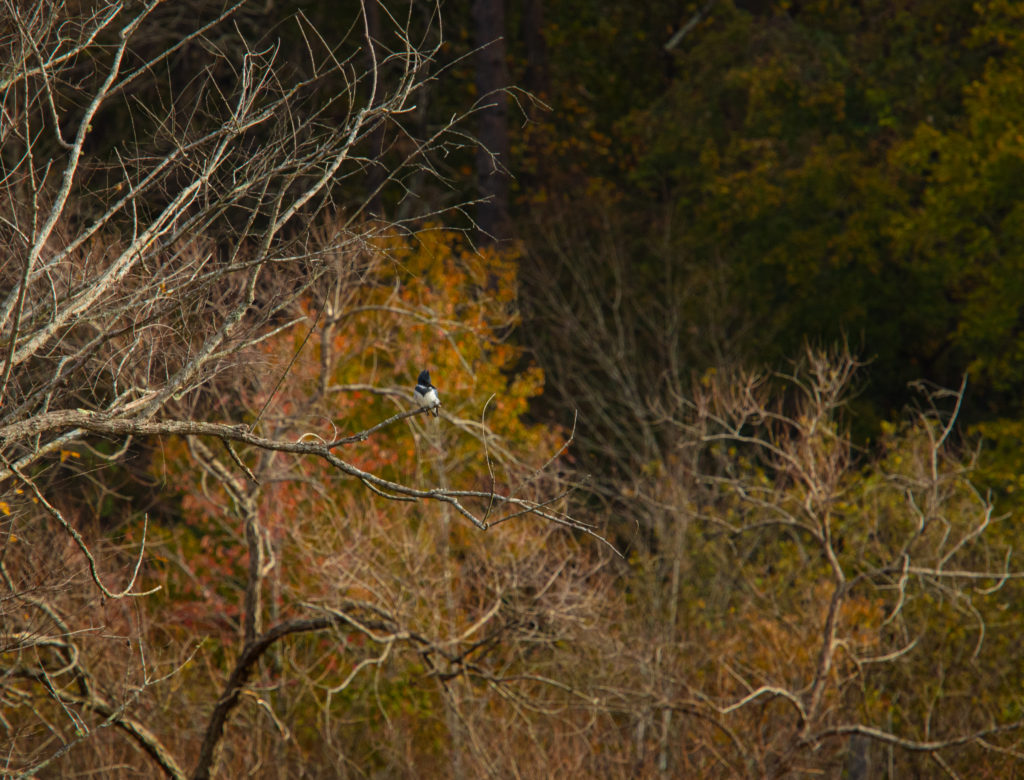
Located just five miles south of downtown Raleigh North Carolina,
Yates Mill is one the best bird watching destinations in the Triangle.
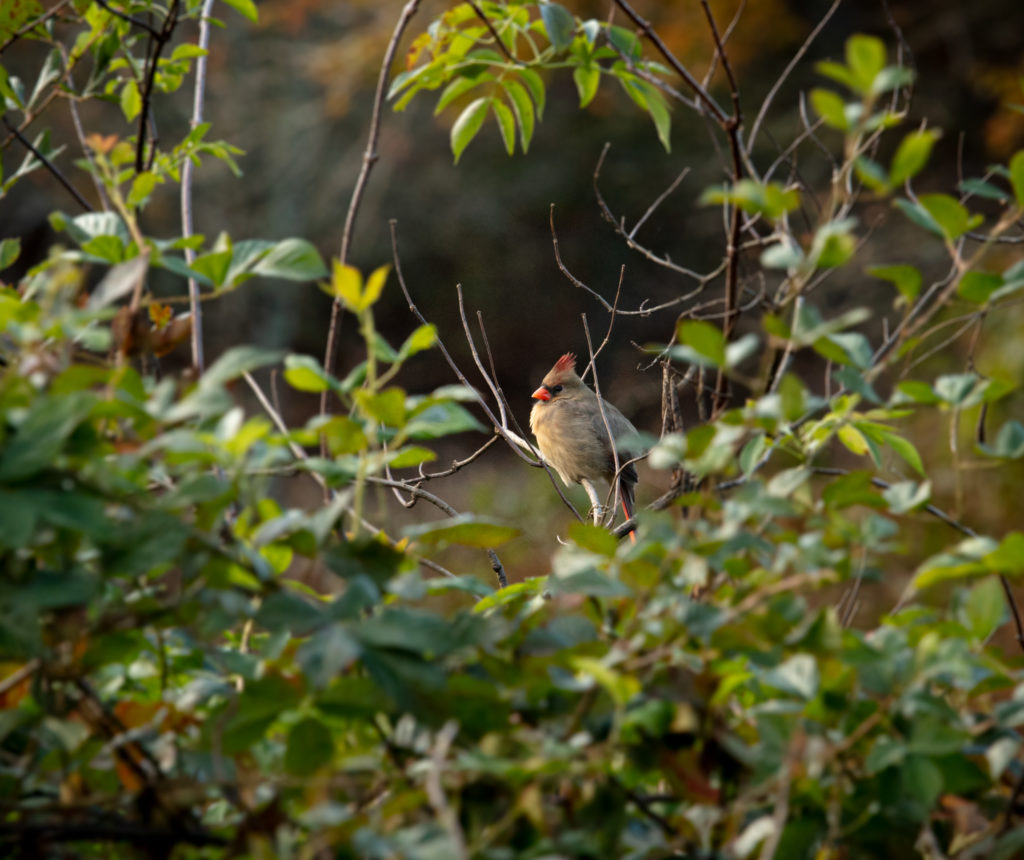
The thing that I love about this place is that
it offers a wide range of varied bird habitats
within the boundaries of a relatively small park.
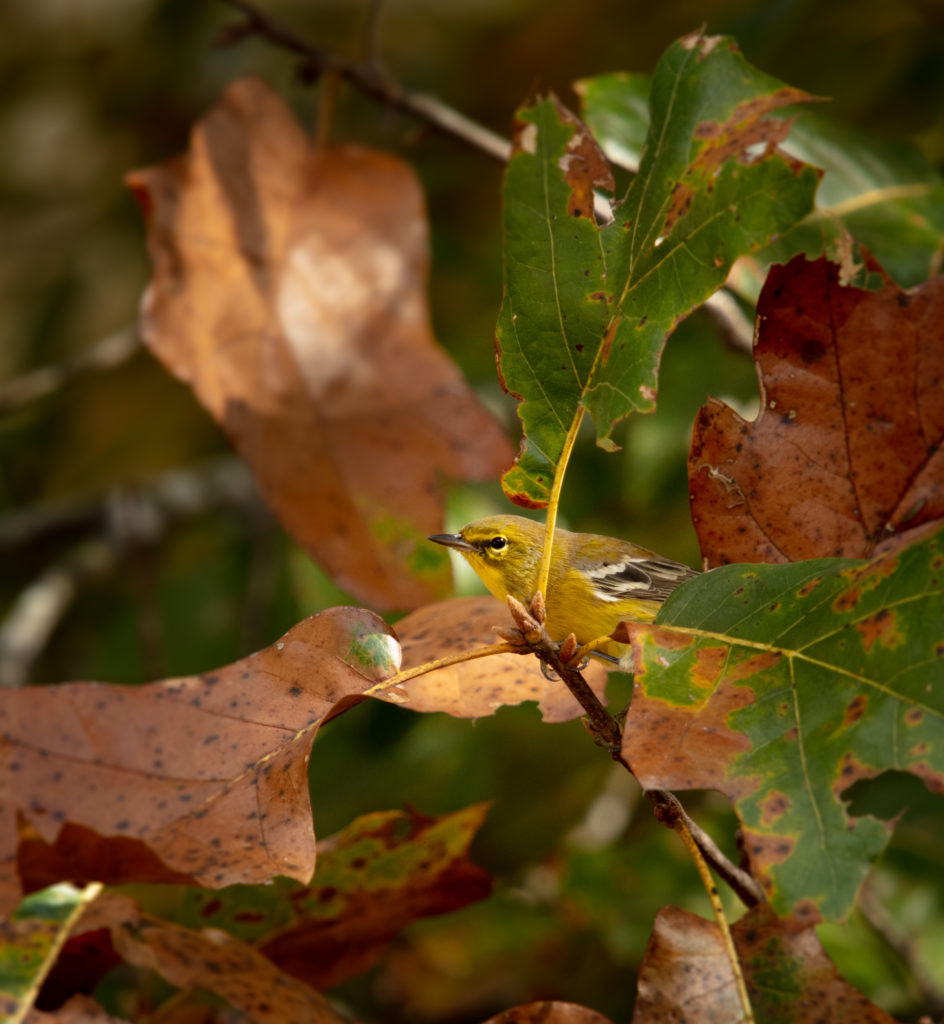
The trails best viewing opportunities include
a 20 acre lake, swampy- bushy areas, forest lands,
and a wide open farm field.
All of those spots are within a quick 15-20 minute walk from the parking lot.
Adobe Lightroom Tips for Birders: Quick Cull and editing
As a birder/photographer, I’d rather spend time outside behind my lens than stuck inside inside behind my desk. I bet I am not the only one!
I made this quick video that may be useful to those of you out there who are new users of Lightroom or for photographers who would like to speed up their culling and editing process.
Enjoy!
Photo by @sally_siko
Canon 5Ds
Bird photography challenges in the fall
Autumn brings its own unique challenges to photographing birds.
It goes something like this….
There’s a bird.
No it’s a leaf.
There’s a bird.
No it’s a leaf.
There’s a bird.
No it’s a leaf.
There’s a leaf..
Lowers camera.
Looks up.
Ah dang it, that was a bird!
Lol! In fact, it’s quite windy and grey outside today in central N.C. Despite this, there’s a lot of bird activity going on in my own backyard.
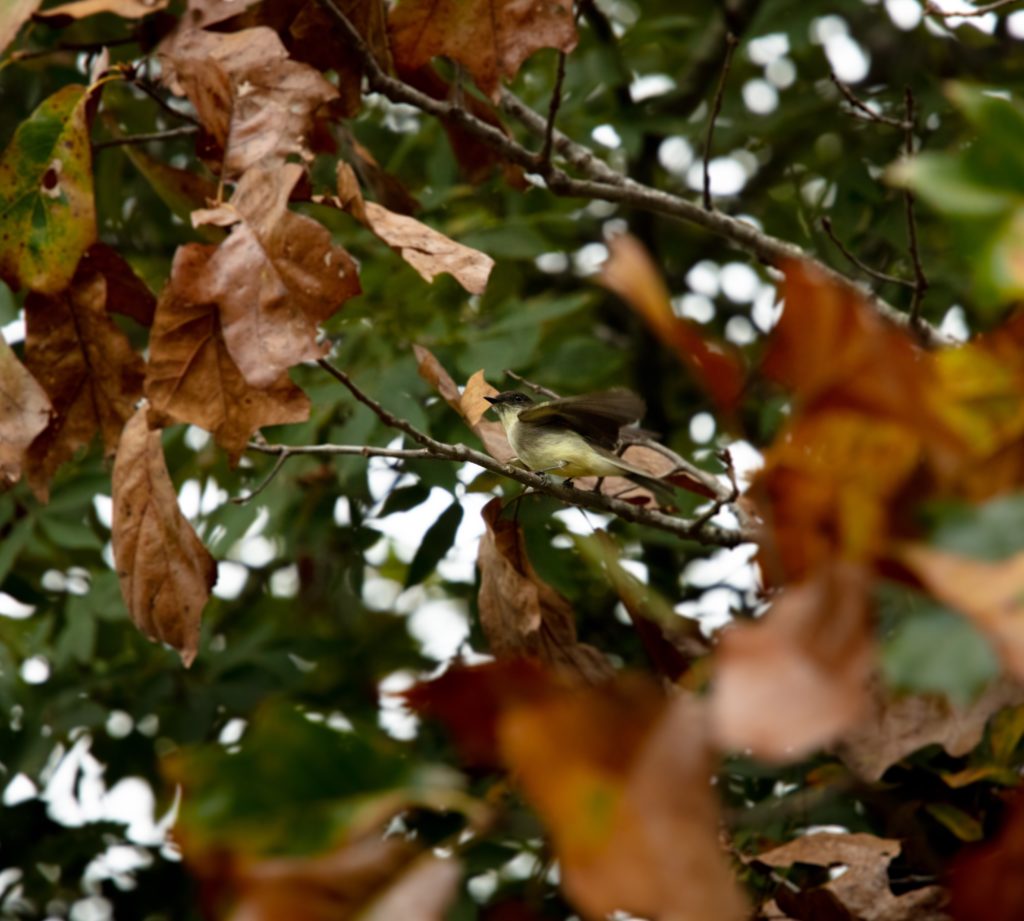
I spotted this Eastern Phoebe in one of the oak trees next to the house this morning. The wind was blowing so hard that this little one seemed to have trouble staying on that twig.

A year round resident of most of North Carolina, Eastern Phoebes spend their winters from Virginia down to Mexico. Insects make up the majority of summer diet however, small fruits and berries are eaten often during the cooler months. This ability to change their food preferences is an important adaptation for survival when insects are scarce in their northern winter ranges.
Photo by @sally_siko
Canon 5Ds
A new approach for photographing birds

Hi, Bill Jackson here, travel and nature photographer in the Raleigh-Durham area. I traded in my office job for a life on the road capturing photos of the things I find neat. One of those things is the beautiful mourning dove.
This
photo was taken at Crabtree Lake
County Park during my second visit looking for birds. I tried a
different approach than my previous visit, where I tried to capture bird
photos with my camera in hand. This time, I placed the tripod about
five feet from the feeder, set the camera to be triggered
via remote, and stepped back into the woods where I would be hidden
from sight. After only a few minutes, I saw the bird activity increase
and I was able to catch this beautiful bird feeding with a seed in his
mouth. This photo was taken with my Lumix GX-85
and my 100-300mm zoom.
I would definitely recommend
you try this method in your own bird photography. Be sure to check out my site for more bird, wildlife, and travel photos
www.billjacksonimages.com.
You can also find me on Facebook and Instagram!
Keep on birding!
-BJ

